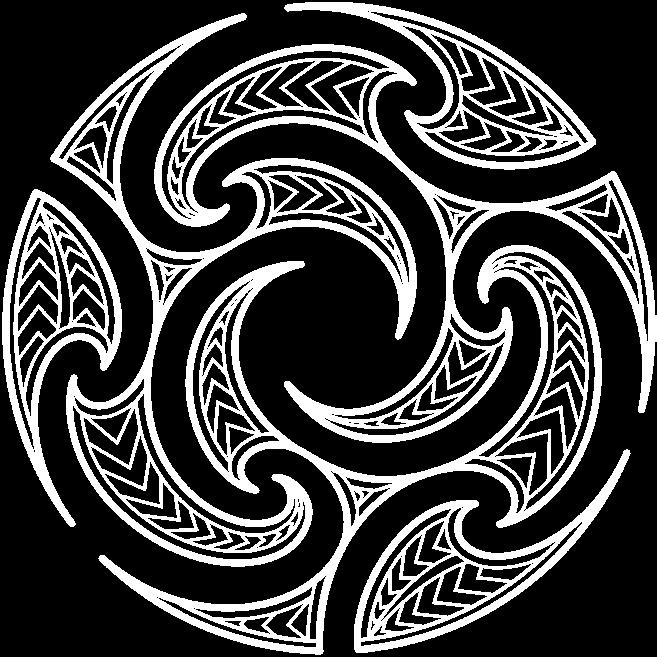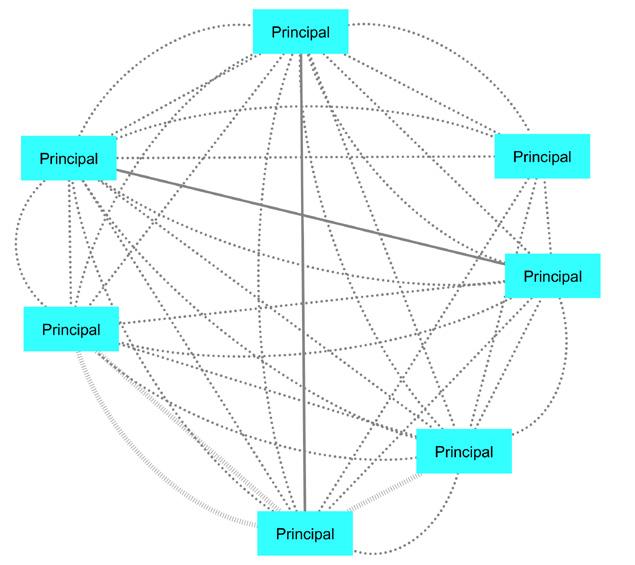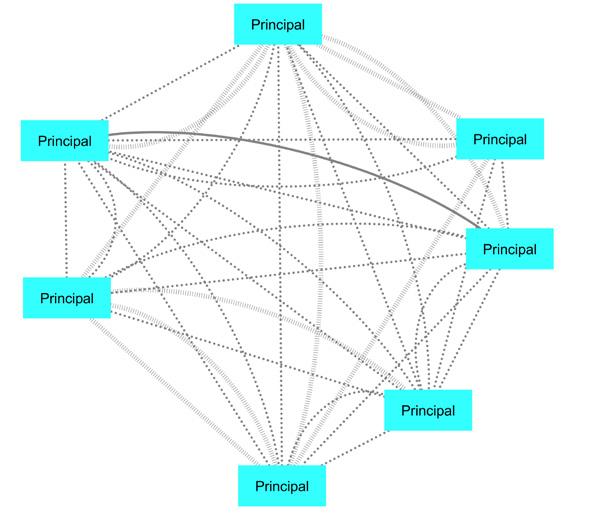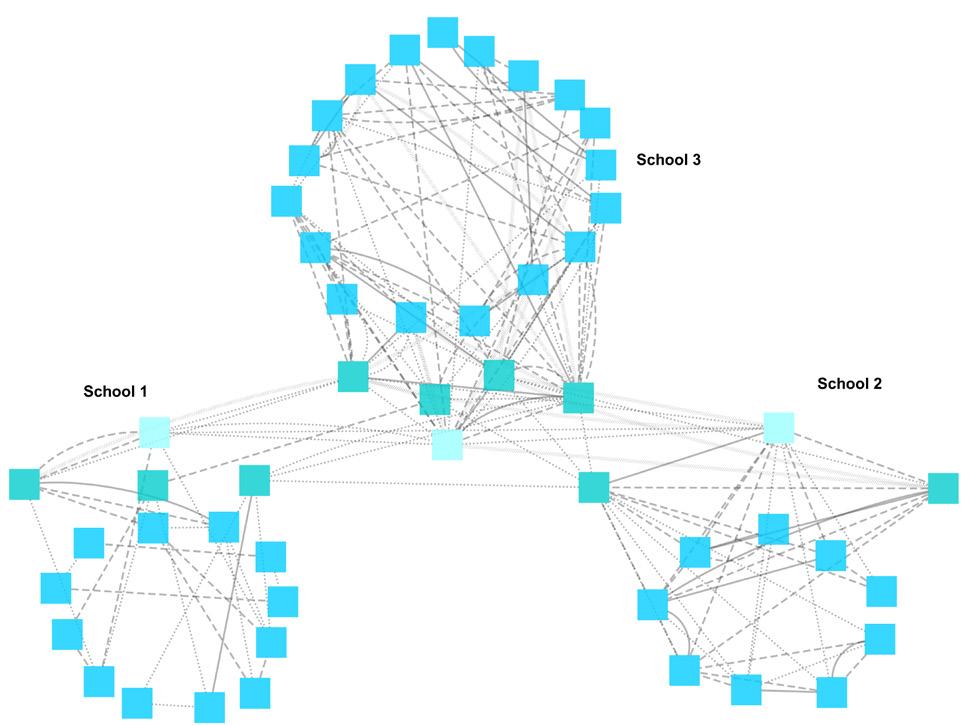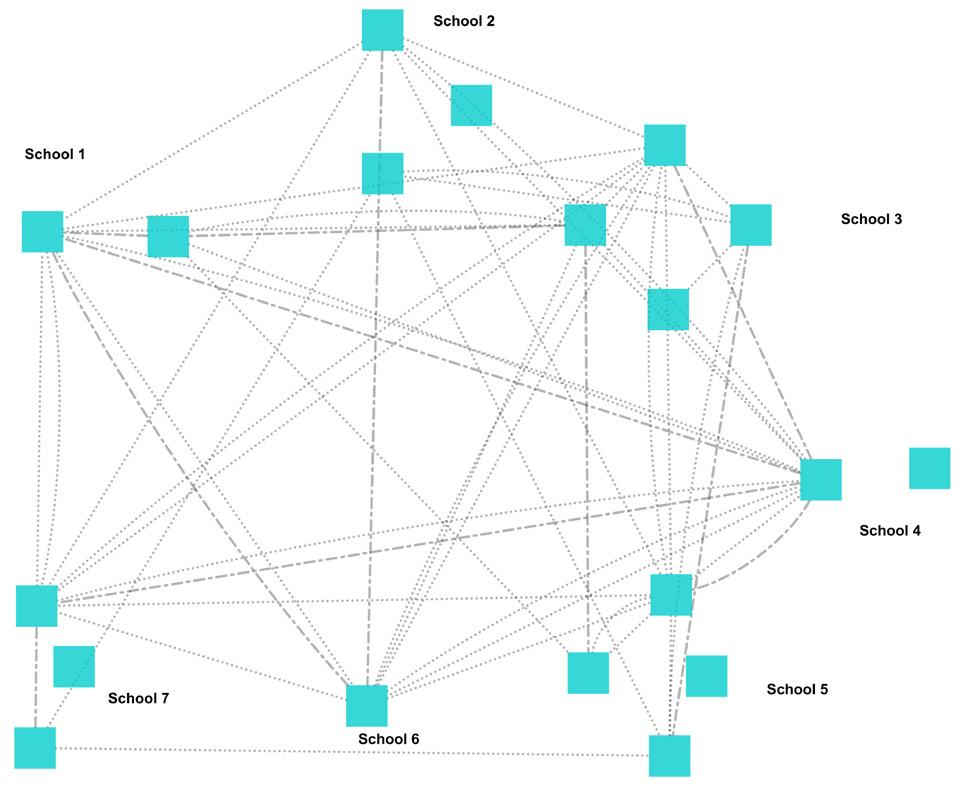
3 minute read
Monitoring and evaluation
Monitoring and evaluation for improvement
Trustees were keen to have more information about the effectiveness of the CoP. To achieve this Kahukura could: • further analyse the NPDL and NZCER data to determine if any school’s students had made more progress than others and, if so, explore what they did that may be different and have it shared widely • use the wellbeing database to regularly monitor changes in the wellbeing status of students across Kahukura as a consequence of interventions with individual students • analyse data or groups of students to determine whether progress had been made on equity • share assessment practices between schools leveraging off those that are doing this particularly well, for example, those that integrated aspects of learning and wellbeing into their systems • choose one focus area to explore in depth and: – require each school to have their teacher inquiry into practice in that focus area – assess levels of workforce understanding in relation to the required practice change, along with their engagement commitment and ongoing buy-in. A regular staff engagement survey across Kahukura schools might prove useful here. – systematically adopt processes for classroom observation and feedback by peers within and across schools – collate information from the inquiries across schools, and surface what shared practice had worked, for whom and in what context – use data to identify what value had been added and what is still to be gained. • use the insights gained to inform next steps for resourcing, development, support and consolidation of practice and to celebrate successes.
Advertisement
Reflection from Kahukura CoP principals in 2020
“Our CoP was formed through the crisis of the earthquakes, followed by another community crisis with the Christchurch shootings. As such, we were aware how a legacy of trauma affects communities. As a result, we recognised the importance of growing connection and resilience in and across our school communities. At our annual strategic planning day in Hanmer in 2019 one of the principals in our group shared her findings from a small-scale research project around the ways schools encourage parents to be involved in their children’s schooling. The data showed a very strong link between a feeling of belonging and wellbeing in school communities.
Wellbeing has been referred to as flourishing (Seligman, 2011), positive emotions (Fredrickson, 2013), feeling whole, empowered, happy and satisfied with life (Howell, Coffey, Fosco, Kracke, Nelson, Rotham & Grych, 2016), and the pursuit of one’s full potential (Ryan & Deci, 2001). We agreed that these indicators were what we wanted for our children and discussed ways that these notions could be linked into our Kahukura strategic goals. As we had previously made a commitment to promote Māori achieving success as Māori, we wanted to acknowledge a Māori view of wellbeing in our school charters. The verb “Whakapuawai – to cause to blossom, develop, flourish, prosper and thrive” encapsulated our future strategic direction. An existing focus on student agency through the TLIf project seemed to align with cultural identity and wellbeing. In this context voice and agency gave students the opportunity to make agentic decisions and act in ways that recognised, celebrated, and engaged with their cultural identity. There is a strong connection between supporting children to have the power to act with confidence in their learning and whakapuawai. Both student agency and wellbeing dovetailed seamlessly into our cluster-wide deep learning focus which shapes learning contexts to enable all learners to contribute to the common good in order to address global challenges and flourish in a complex world. We agreed that it was important to continue to embed our understanding of deep learning, cultural responsiveness, student agency and whakapuawai as a way forward in 2020.” September 2020


